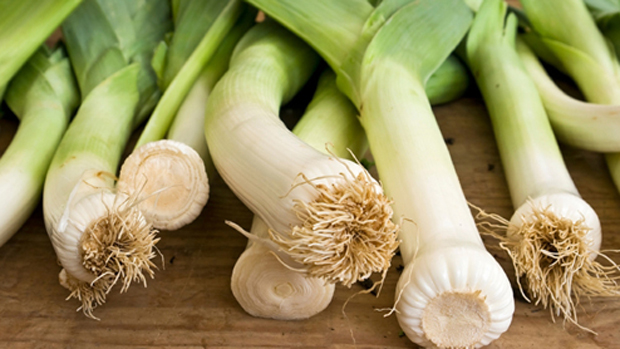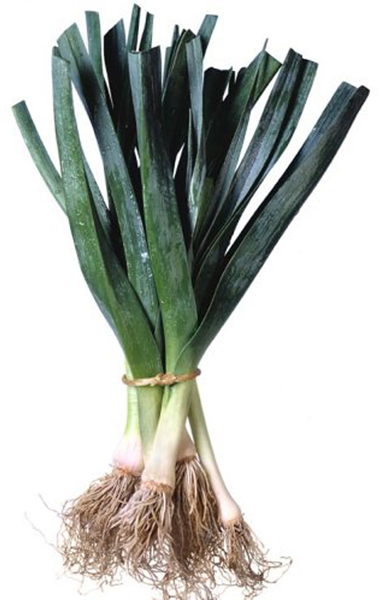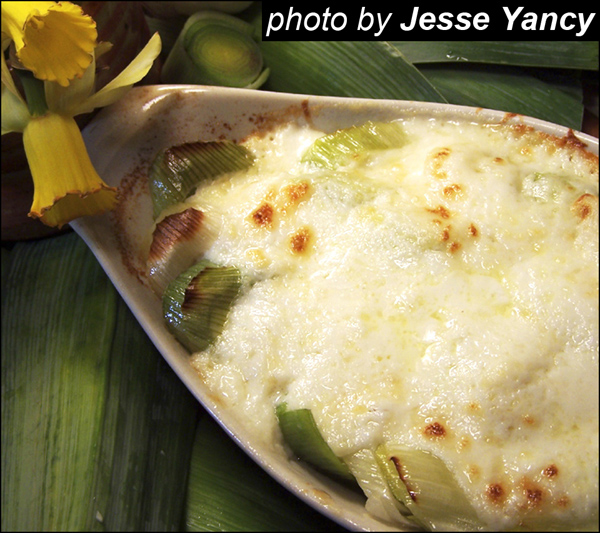
 Before my ancestors were shipped off to Virginia for lampooning the local gentry and skipping out on enormous bar tabs, they lived in a beautiful old country on the west coast of Britain known as Wales.
Before my ancestors were shipped off to Virginia for lampooning the local gentry and skipping out on enormous bar tabs, they lived in a beautiful old country on the west coast of Britain known as Wales.
Wales has long since been assimilated (though not without prolonged contention) into the United Kingdom. But, like other countries in the UK, Wales still observes its own saint’s day, the Feast of St. David, which falls on March 1. It’s a crying shame that the beloved David’s feast has been eclipsed by that humbug Patrick’s on the 17th; after all, compared to David, Patrick was second-rate. David was able to make the earth beneath him shift and rise, an impressive feat, whereas Patrick’s most notable claim to fame is the single-handed extinction of Ireland’s indigenous serpents, something sin-ridden whalers did with the great auk. Not only that, but David was a true Welshman, a native of Cardigan, while Patrick himself was actually from Wales (some say Scotland, but he certainly wasn’t Irish).
 The Irish praise the potato (another import), but the Welsh glory in the leek, which has been cultivated in Eurasia for millennia. Welsh soldiers wore leeks into battle to distinguish themselves as early as the days of King Arthur, himself a Welshman. If the Irish ever wore potatoes into battle, it would have been after spuds came to the Old World, sometime during the 17th century, when the Irish suffered their most decimating defeats at the hands of the English. As a parting shot, let me add that daffodils, the national flower of Wales, strike a much livelier note in a vase than a bunch of sissy shamrocks ever will.
The Irish praise the potato (another import), but the Welsh glory in the leek, which has been cultivated in Eurasia for millennia. Welsh soldiers wore leeks into battle to distinguish themselves as early as the days of King Arthur, himself a Welshman. If the Irish ever wore potatoes into battle, it would have been after spuds came to the Old World, sometime during the 17th century, when the Irish suffered their most decimating defeats at the hands of the English. As a parting shot, let me add that daffodils, the national flower of Wales, strike a much livelier note in a vase than a bunch of sissy shamrocks ever will.
Leeks are basically big-ass green onions, which place them in the culinarily important botanical family of Alliaceae; all onions, as well as garlic, chives, shallots and their ilk, belong to this group of herbs. An American member of this tribe is the wild leek of our Southern highlands (Allium tricoccum), commonly referred to as the ramp. The Foxfire Book of Appalachian Cookery cites the plant as the source of an important spring tonic to relieve a host of real or imagined winter illnesses and states that “people either love or hate the strong-scented plant.” One woman is quoted as saying, “you can smell anybody that’s took (sic) a bite of one a half a mile away.”
Leeks were domesticated in Ur. They’re a cool-season crop, which goes a long way to explain why they’re not a familiar item on the Southern sideboard. I can usually grab a bunch (three stalks) of leeks for about that many dollars any time of the year at my local supermarket. Jerry, the produce guy there, says they ship twenty bunches to a crate, and it’s a rare week that he has to order them more than once.
“You can’t do much with them except put them in soups,” he said, and leeks are great in soups; my Scots ancestors used chicken and leeks (with barley) in their jauntily-named cock-a-leekie soup, and leeks can be substituted for onions in almost any potage for a milder flavor. But they’re also a beautiful addition to any stir-fry (working well with sweet peppers), and thin slices of leek in a quiche look nice and taste great.
 Leeks also take exceptionally well to braising and are great in a gratin, which is what I recommend. Use one leek per person. Cut away the roots and the last inch or so of the green away and wash very well. Slice and layer the rounds in a gratin or baking dish. Cover with a cream sauce, a béchamel or a Mornay, which is what I use. You can add cooked, sliced red potatoes to this for something a little more substantial, but keep the seasonings simple, just a bit of salt and pepper, nothing more. If you’re using a cream sauce or a béchamel, a liberal sprinkling of good hard cheese is a great idea, but for Pete’s sake get a piece of cheese and grate it; don’t use that substance that’s sold in a green plastic shaker. Place in a hot oven (375) until bubbling. Do not overcook; fifteen minutes tops should do it. Serve hot.
Leeks also take exceptionally well to braising and are great in a gratin, which is what I recommend. Use one leek per person. Cut away the roots and the last inch or so of the green away and wash very well. Slice and layer the rounds in a gratin or baking dish. Cover with a cream sauce, a béchamel or a Mornay, which is what I use. You can add cooked, sliced red potatoes to this for something a little more substantial, but keep the seasonings simple, just a bit of salt and pepper, nothing more. If you’re using a cream sauce or a béchamel, a liberal sprinkling of good hard cheese is a great idea, but for Pete’s sake get a piece of cheese and grate it; don’t use that substance that’s sold in a green plastic shaker. Place in a hot oven (375) until bubbling. Do not overcook; fifteen minutes tops should do it. Serve hot.
–
For more food musings by Jesse Yancy, head over to “Made in Mississippi” at jesseyancy.com.
–
This article was originally printed in The Local Voice #198 (published February 20, 2014). To download a PDF of this issue, click HERE.


